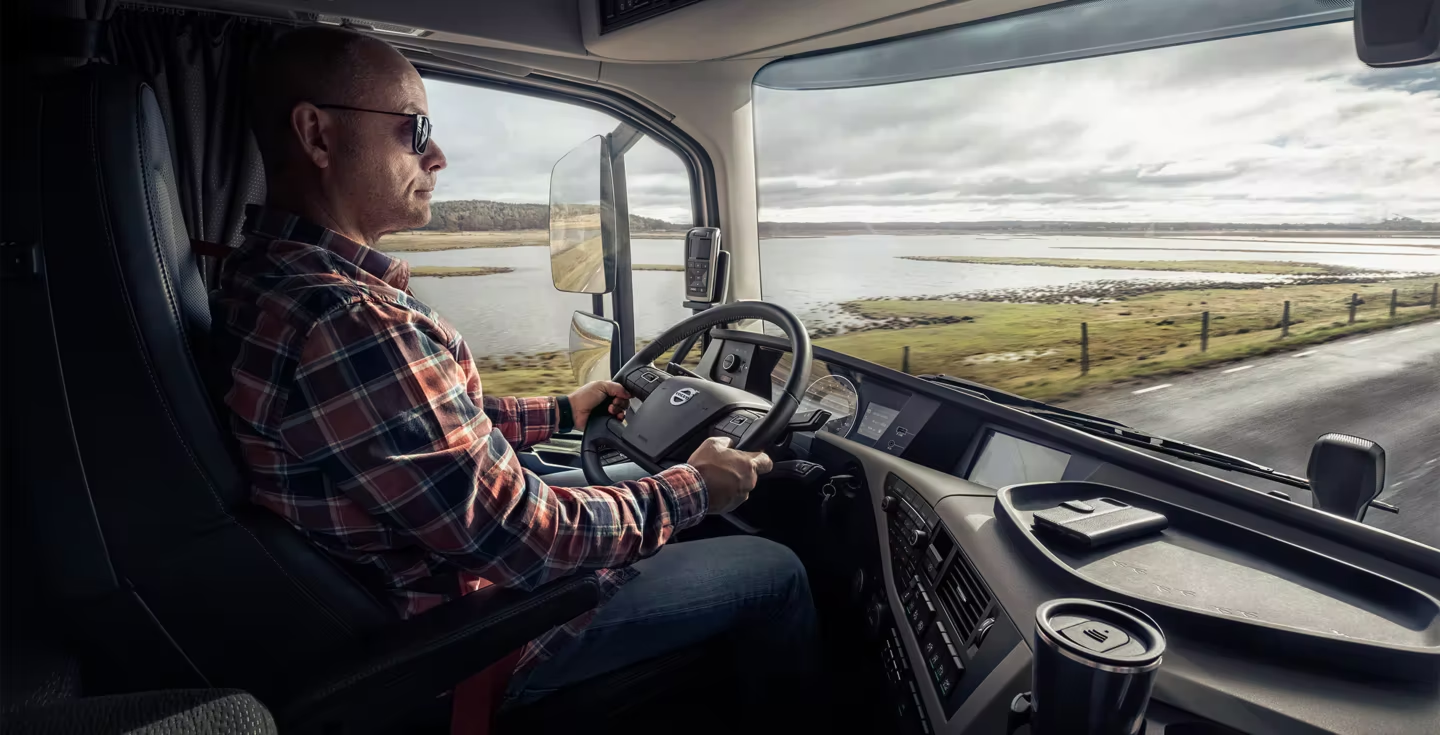Imagine a truck that knows its own maintenance needs before breaking down—or one that reroutes itself to avoid traffic. That’s not sci-fi; it’s happening right now. Smart trucks are transforming logistics, safety, and even how we think about long-haul driving. Let’s dive in.
What Exactly Are Smart Trucks?
Smart trucks are commercial vehicles equipped with IoT (Internet of Things) sensors, AI-driven analytics, and real-time connectivity. They’re like smartphones on wheels—constantly learning, adapting, and communicating. Here’s what sets them apart:
- Telematics: GPS tracking, fuel monitoring, and engine diagnostics.
- Predictive Maintenance: Sensors detect wear and tear before it becomes a problem.
- Autonomous Features: Lane-keeping, adaptive cruise control, and even self-parking.
- Platooning: Wirelessly connected trucks driving in sync to save fuel.
Why the Sudden Boom?
Honestly, it’s not so sudden. The tech’s been simmering for years, but three things kicked it into high gear:
- The Driver Shortage: Fewer drivers mean fleets need efficiency—fast.
- Regulations: Stricter emissions laws push innovation.
- Consumer Demand: We want faster deliveries, and smart trucks deliver (pun intended).
Key Innovations Shaping the Industry
1. Real-Time Data Sharing
Trucks now “talk” to each other—and to traffic lights, warehouses, even weather apps. A truck in Chicago can warn others about black ice 200 miles ahead. That’s not just cool; it’s lifesaving.
2. AI-Powered Fuel Optimization
AI crunches data on routes, load weight, and driving habits to cut fuel use by up to 15%. For a fleet of 100 trucks, that’s millions saved yearly.
3. Autonomous Convoy Systems
Platooning lets trucks draft like cyclists, slashing wind resistance. The lead truck controls acceleration and braking for the group—human drivers just monitor. Early tests show 10% fuel savings per trip.
The Human Side: Drivers Aren’t Going Anywhere
Despite the tech, drivers remain crucial. Smart trucks handle tedious tasks (like shifting gears), but humans navigate complex decisions—detours, customer interactions, or that rogue deer at midnight. The job’s evolving, not disappearing.
Challenges? Oh, They Exist
It’s not all smooth roads ahead. A few bumps:
- Cybersecurity: More connectivity means more hacking risks.
- Cost: Retrofitting fleets isn’t cheap—yet.
- Regulatory Gray Areas: Who’s liable if an autonomous truck crashes?
What’s Next? The Road Ahead
Expect smarter warehouses where trucks self-load, or “swarm logistics” where fleets act like ant colonies—efficient, adaptive, almost alive. The future’s not just connected; it’s downright collaborative.
So, next time you see a truck, look closer. It might just be the most advanced vehicle on the road.











